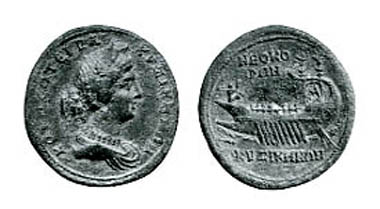Human Faces Part 21: Where is God?
Why is it that for centuries – or rather thousands of years – the head has served as the motif for the side of a coin? And why has this changed in the last 200 years? This section of the series ‘Human Faces’ tackles the question whether the commandment ‘Thou shalt not make unto thee any graven image’ applies to coins as well.
















